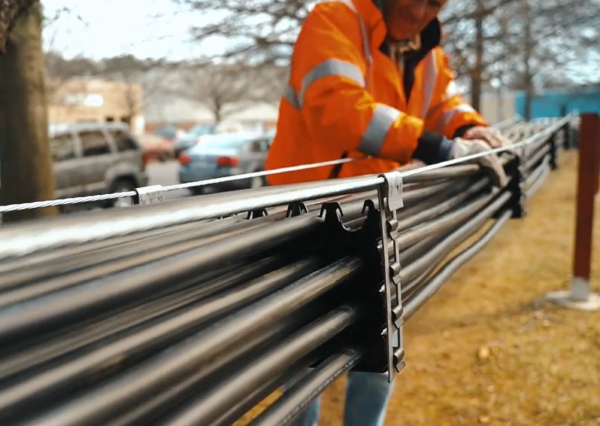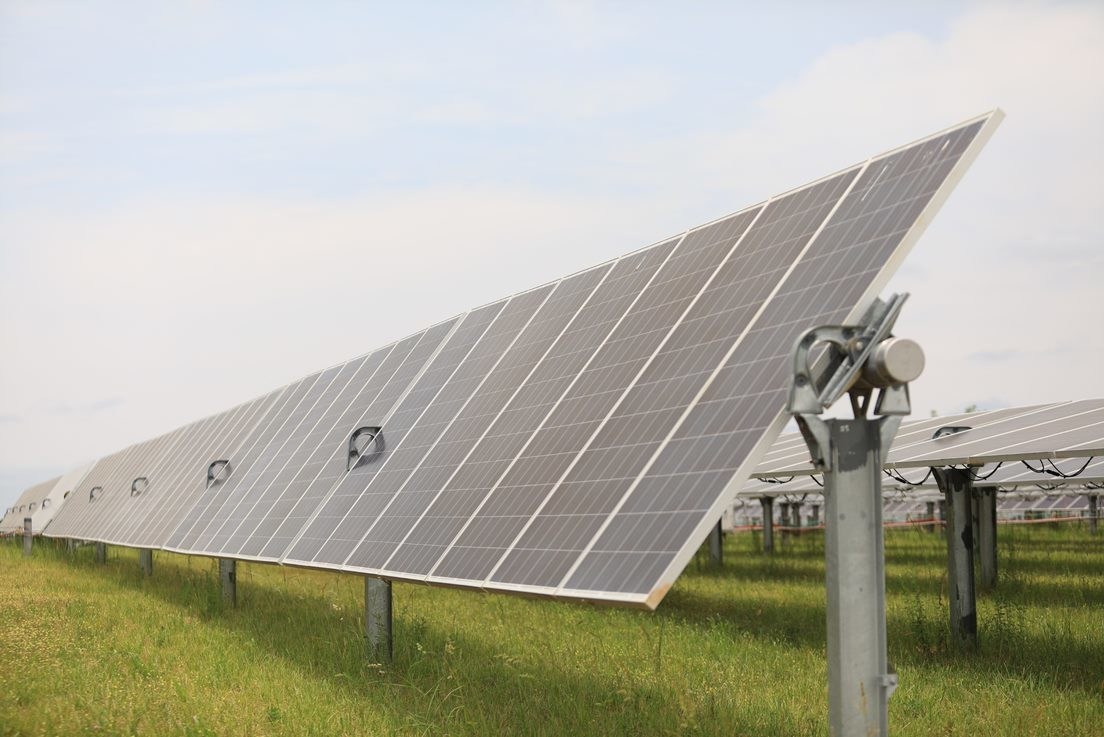In March, the Virginia Department of Environmental Quality (DEQ) announced — effective immediately — a change to how it measures water runoff at solar farms. After some pushback, they shifted the start date to 2025.
The DEQ Stormwater page still carries the two memos (1 and 2) in their ‘Resources’ section. The specific language in the March 29th memo is:
Solar panels are to be considered unconnected impervious areas when performing post-development water quantity calculations using the hydrologic methods specified in the Virginia Stormwater Management Program Regulation.
The change in interpretation, to define solar panels and the land underneath them as impervious areas, can sometimes mean defining the dirt under a solar panel as having the same technical water absorption qualities as asphalt or a building.
This additional water would thus have to be managed via tools such as a retention pond or drainage infrastructure. First, cost and space that would have been used for solar panels must instead be turned into the aforementioned ponds and infrastructure. The water runoff calculated by the state’s engineers could then be added to tax bills as stormwater fees, depending on each local jurisdiction’s regulations.

Image: Snake Tray
One way to mitigate the amount of land that is defined as impervious to water absorption is to store wires above ground in harness systems. This also limits the amount of trenching for said wires that occurs, which disturbs land and is accounted for in water runoff analysis. Some jurisdictions define the impervious area of a solar panel as when it is laid completely flat.
The utility scale solar industry in Virginia recently reached the top five states in terms of capacity installed, and has a nascent medium scale market. But shifting political leadership has recently downshifted the short and medium term trajectory of clean energy in the state.
Other regulatory changes are circulating as well.
For instance, the state legislature introduced House Bill 206, which says if the DEQ finds a potential “significant adverse impact on wildlife, historic resources, prime agricultural soils, or forest lands”, the solar facility would be required to submit a mitigation plan for public comment. The bill states that disturbing more than 10 acres of prime agricultural land, 50 acres of contiguous forest, and registered forest land automatically requires the mitigation plan.
The law does not define mitigation, but leaves it open to be interpreted by various stakeholders. This law only applies to projects smaller than 150 MW.
This content is protected by copyright and may not be reused. If you want to cooperate with us and would like to reuse some of our content, please contact: editors@pv-magazine.com.








This is so stupid. The dirt is just dirt and on tracking solar panels, the dirt underneath will get equally watered over the 24-hour period. On fixed solar panels is just like the area next to a garage or homes roof without gutters and downspouts. This is fossil fuel foolishness to stop renewable energy. The shade from the solar panels will keep the grasses that are growing underneath, greener and more tender for grazing animals longer saving the need for additional livestock feed later in the season. They also provide shade for the herd on hot days. Protection for the herd on rainy or stormy days when the required grounding will protect the animals from lightning.